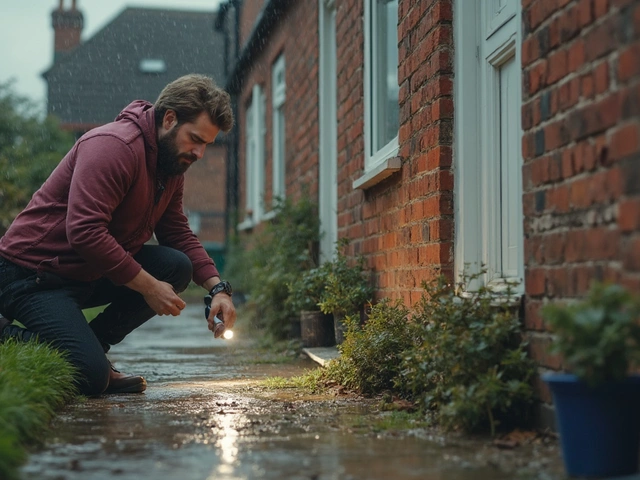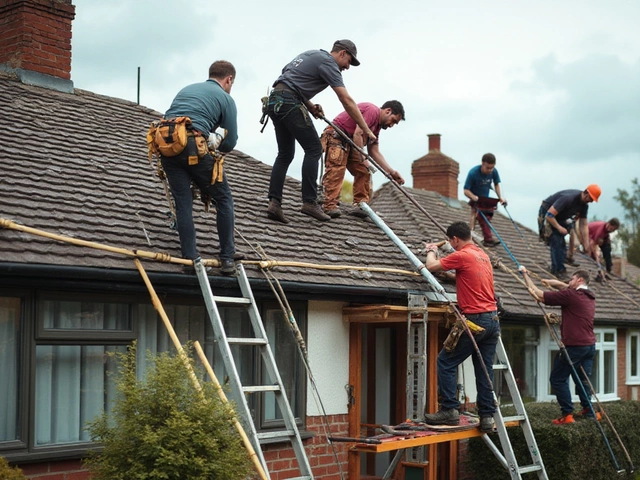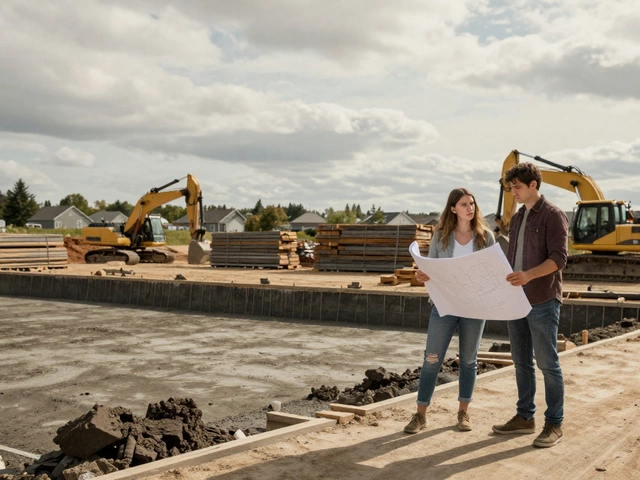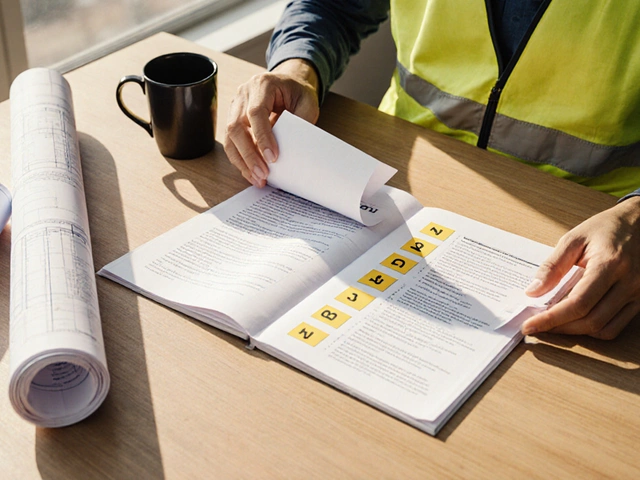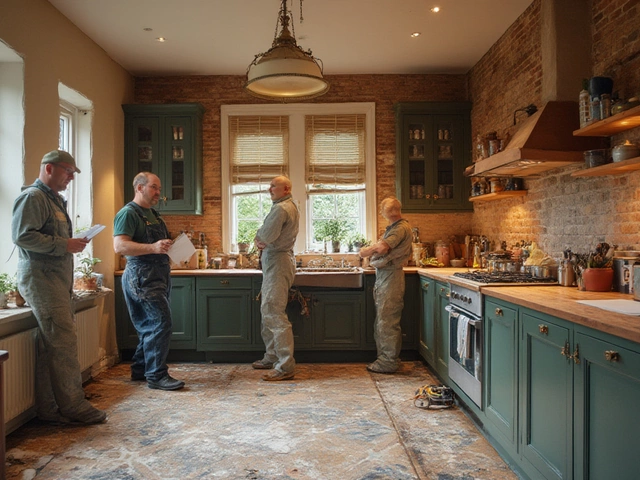House Settling Explained: Signs, Causes & Fixes
When a house starts to settle you’ll notice things moving or cracking that weren’t there before. A little settling is normal, but too much can damage foundations, walls, and floors. Knowing the difference saves you money and stress.
How to Spot House Settling Early
Look for cracks that grow longer than a few inches, especially around doors, windows, and the roofline. Doors that stick or swing shut on their own, uneven floors, and gaps under baseboards are also red flags. If you see new cracks after heavy rain, it’s a hint that moisture is shifting the soil underneath.
Do a quick check with a level. Place it on a wall or floor and note any tilt. Measure the gap at the top and bottom of a doorway; a bigger gap at the top usually means the house is sinking on one side.
Fixes: DIY vs Professional
Small settlement problems can often be tackled yourself. Clean gutters and downspouts so water flows away from the foundation. Regrade the soil around the house so it slopes at least 5% away from the walls. Adding a few concrete footings or “mudjacking” kits can fill gaps under a slab for minor dips.
If you notice wide cracks, a sloping floor, or water seeping into the basement, call a professional. They’ll test the soil, check for underground water sources, and recommend solutions like underpinning, steel piers, or helix anchors. These methods lift and hold the foundation in place and are essential for serious movement.
Professional work usually starts with a structural engineer’s report, followed by a contractor’s plan and a cost estimate. Small repairs might run $500‑$2,000, while full underpinning can cost $5,000‑$15,000 depending on the house size and soil conditions.
Choosing the right building material also helps prevent future settlement. High‑quality limestone bricks and a proper concrete mix create a stable base that reacts less to soil shifts. Poor‑grade stone or weak mortar can accelerate movement.
After any repair, keep an eye on the house for a few months. Re‑measure cracks and watch doors for changes. Regular maintenance of drainage systems and landscaping will keep water away from the foundation and reduce the chance of new settlement.
Bottom line: spot the signs early, fix what you can, and don’t hesitate to bring in an expert when the problem looks big. A stable foundation protects your home’s value and keeps everyday life running smoothly.
Does a House Settle After 20 Years? Signs, Causes & Prevention Explained
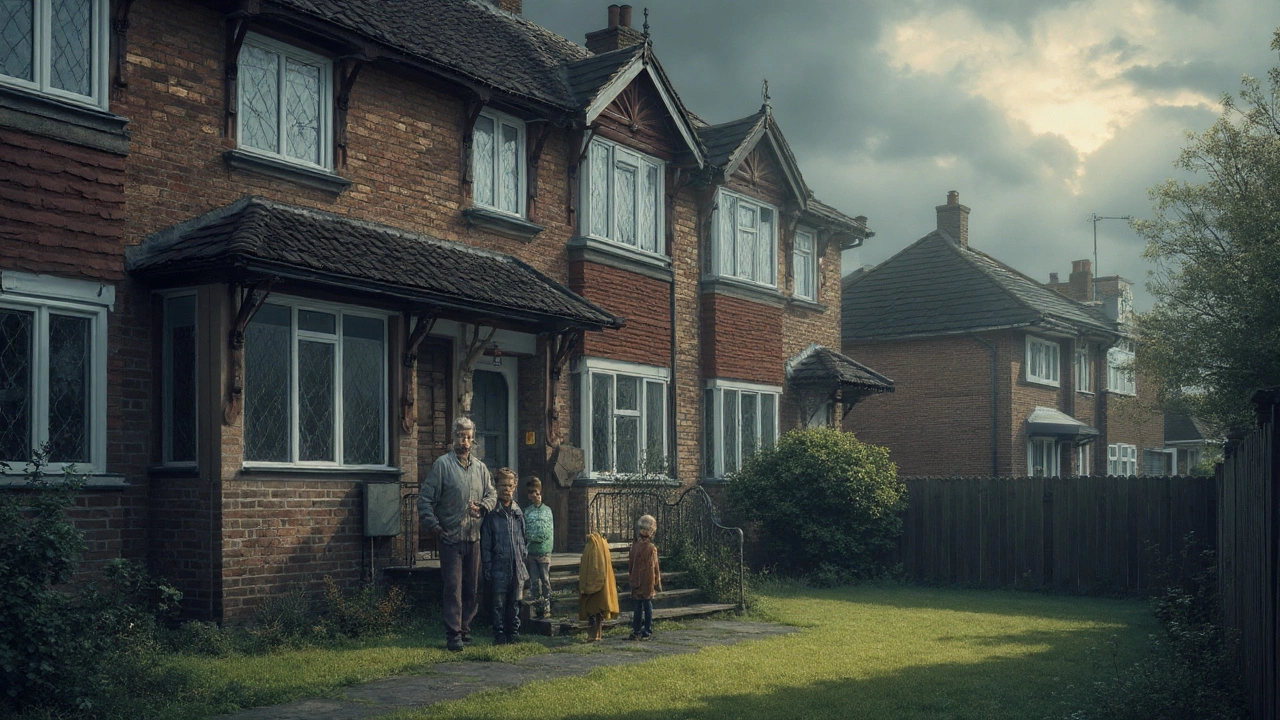
Can a house really settle after 20 years? Discover why older homes move, what causes late settlement, and the impact on structure and safety.
read moreHow Long Does a New Building Take to Settle? Real Numbers & What to Expect

Curious about how long it takes for a new building to settle? This article breaks down real timelines, key factors that impact settling, and what homeowners can expect in the first several years after moving in. Get practical tips on how to spot harmless settling versus issues that need attention. Save yourself stress by learning what's truly normal during your home's settling phase.
read moreSpotting Foundation Issues: What to Look For

Recognizing foundation issues early can save homeowners from costly repairs down the road. This article outlines key signs of potential problems, such as cracks, doors that won't shut properly, and uneven floors, and explains why they might occur. Learn practical steps for monitoring these symptoms, and understand when it might be time to call in a professional. Dive into common reasons houses might face these issues, and pick up some tips on preventative measures to protect your home's foundation.
read more